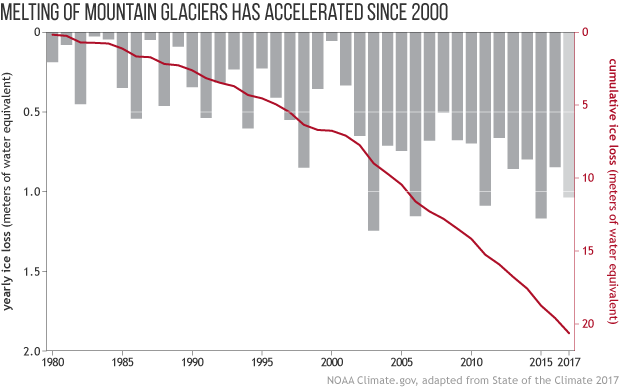Arctic Meltdown
Global warming has caused temperatures to rise in the tundras of the Arctic and thus, snow cover on the biomes’ surfaces will decrease, according to a study from the journal Nature Climate Change. That, in turn, will decrease the sunlight reflected back into the atmosphere and increase warming. Permafrost covers about 24 percent of the exposed landmass of the Northern Hemisphere—about 9 million square miles.
Global Consequences
The Arctic climate affects the world. Changes in sea ice affect ocean circulation, which, in turn, affects atmospheric circulation that then impacts the globe, said Bruce Forbes, a geographer at the Arctic Center at the University of Lapland in Finland. Moreso, later winters and earlier springs have been observed at the Arctic due to warming, as suggested by past research. In a broader scale, if climate change isn’t stopped, what is happening to tundras will worsen extreme weather events.



